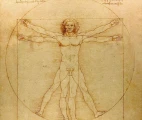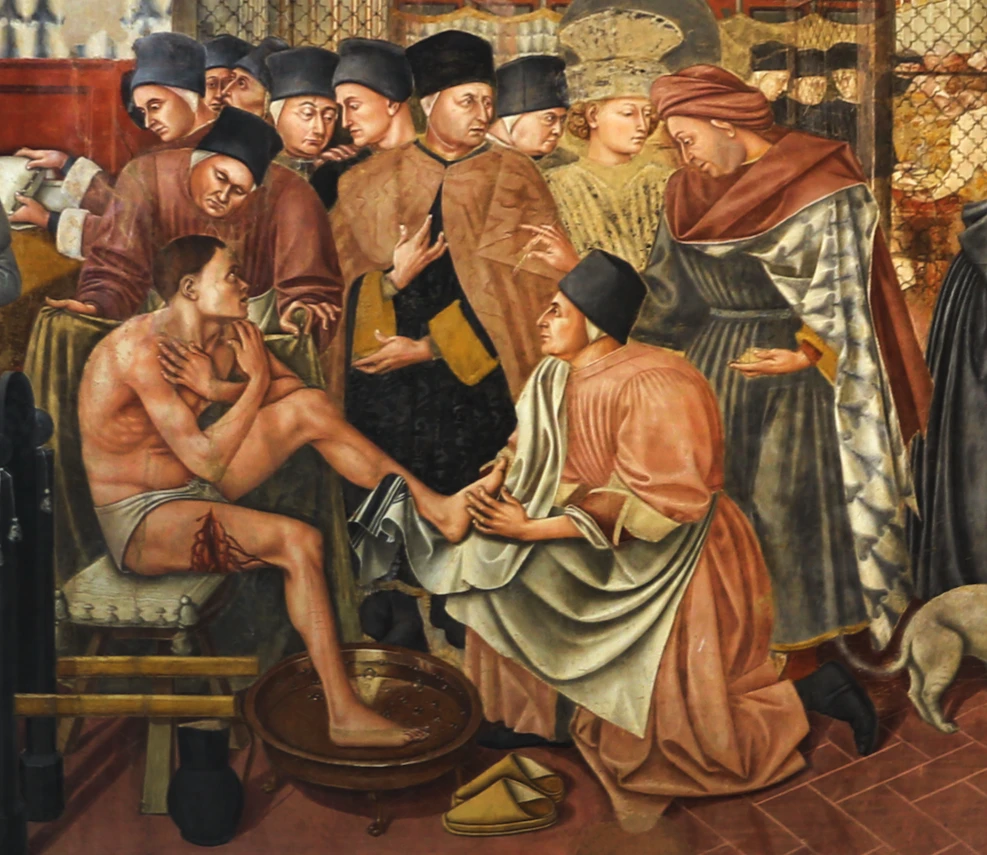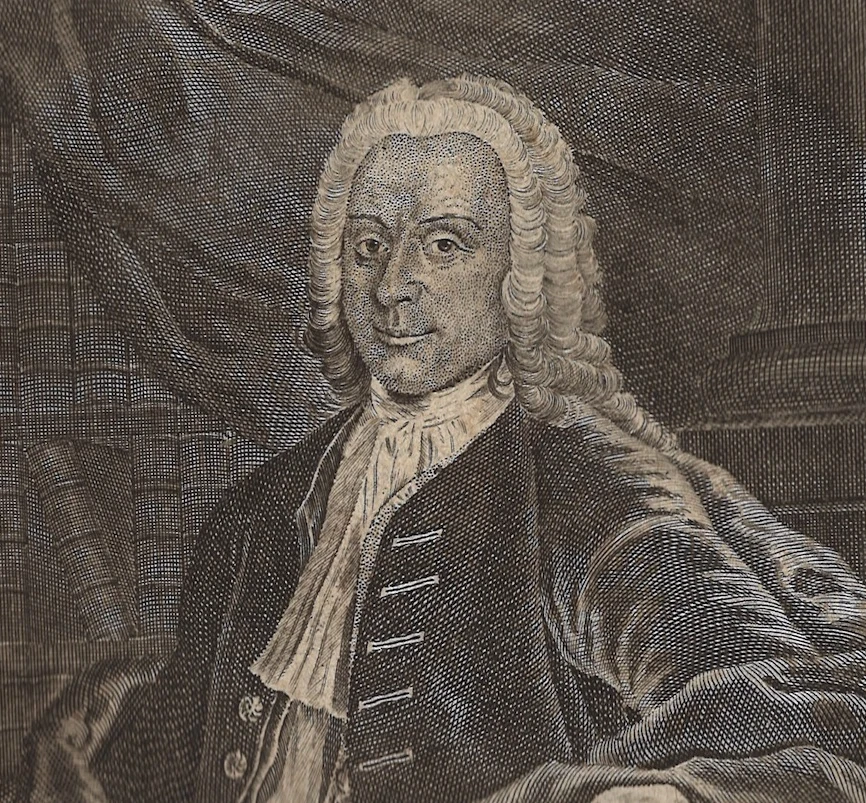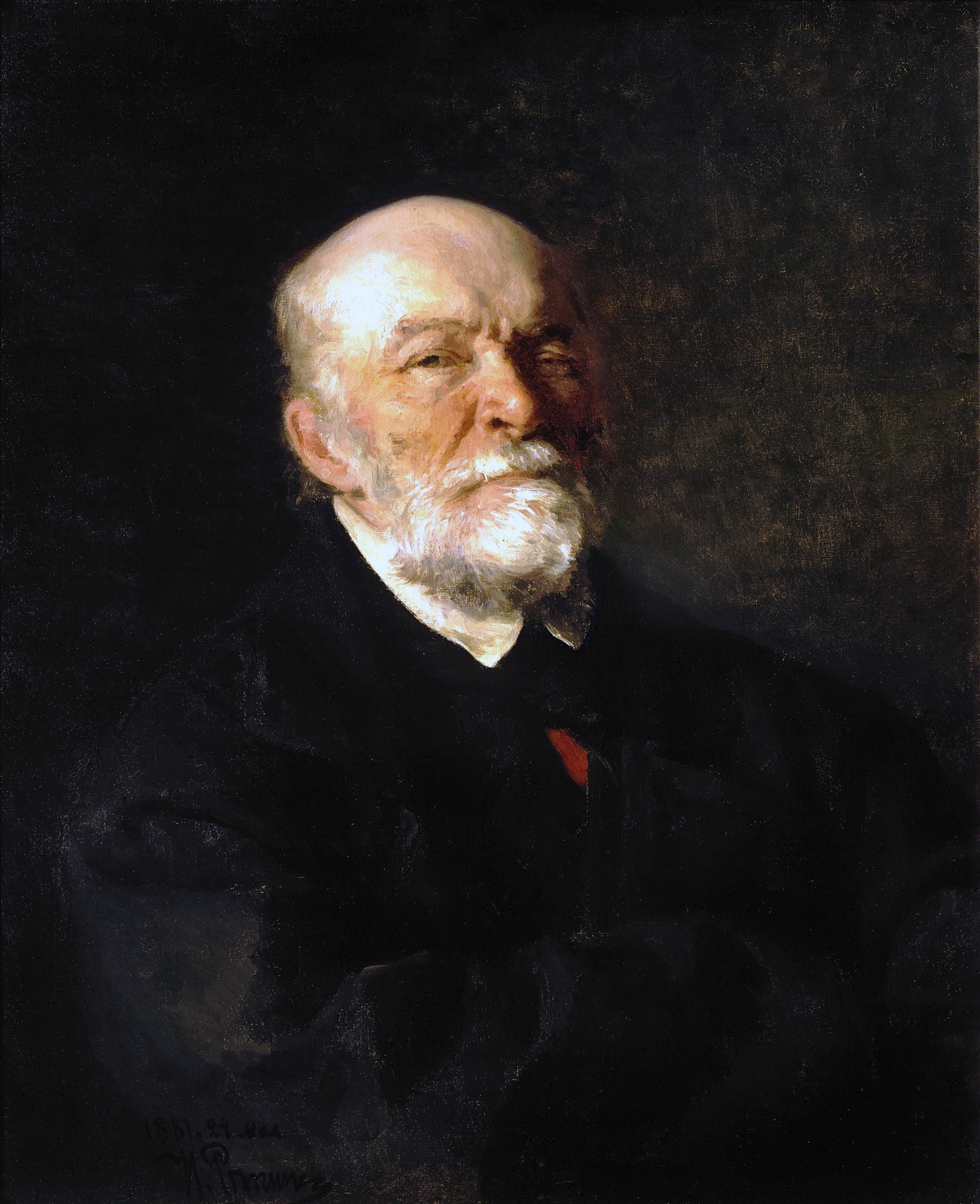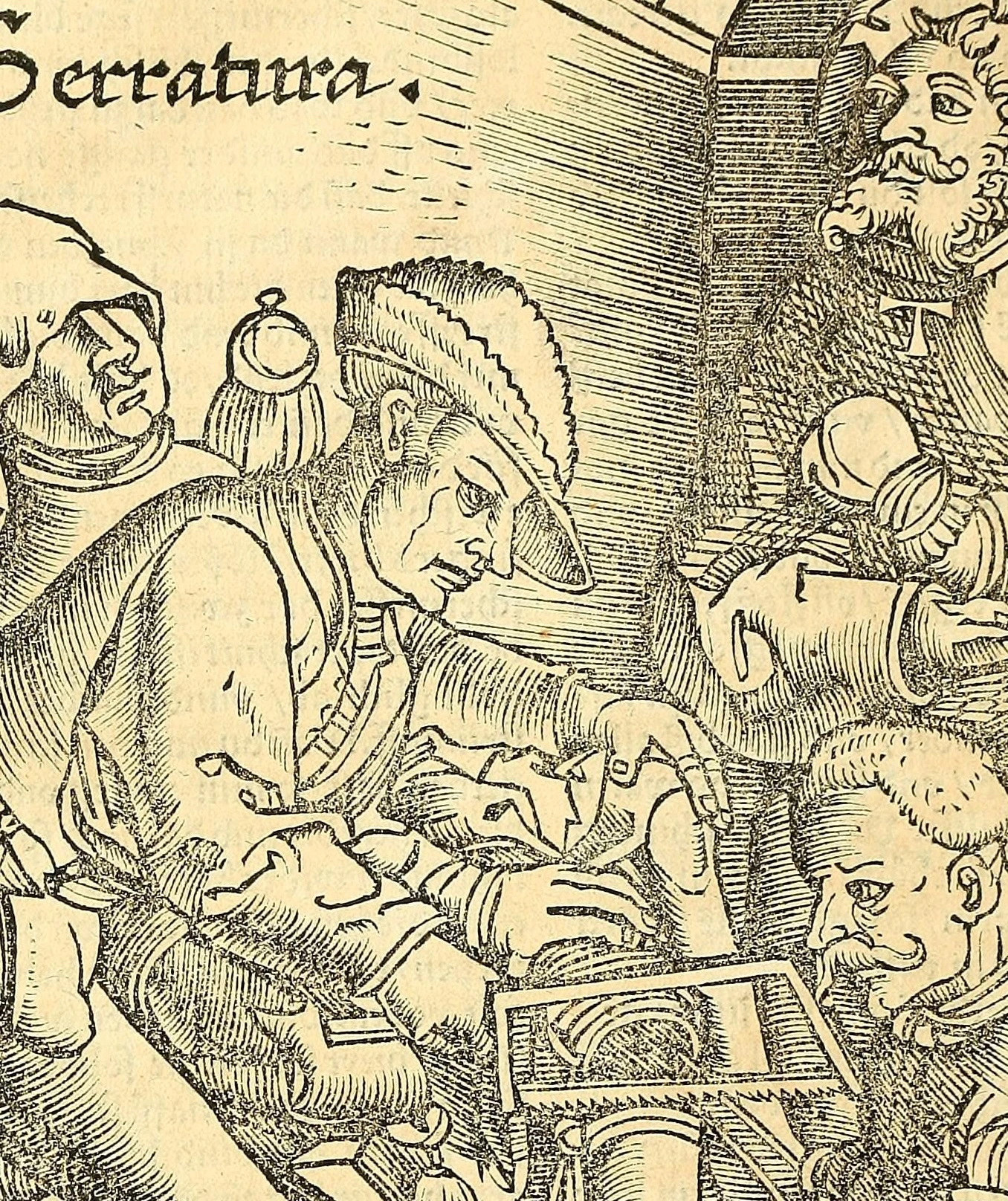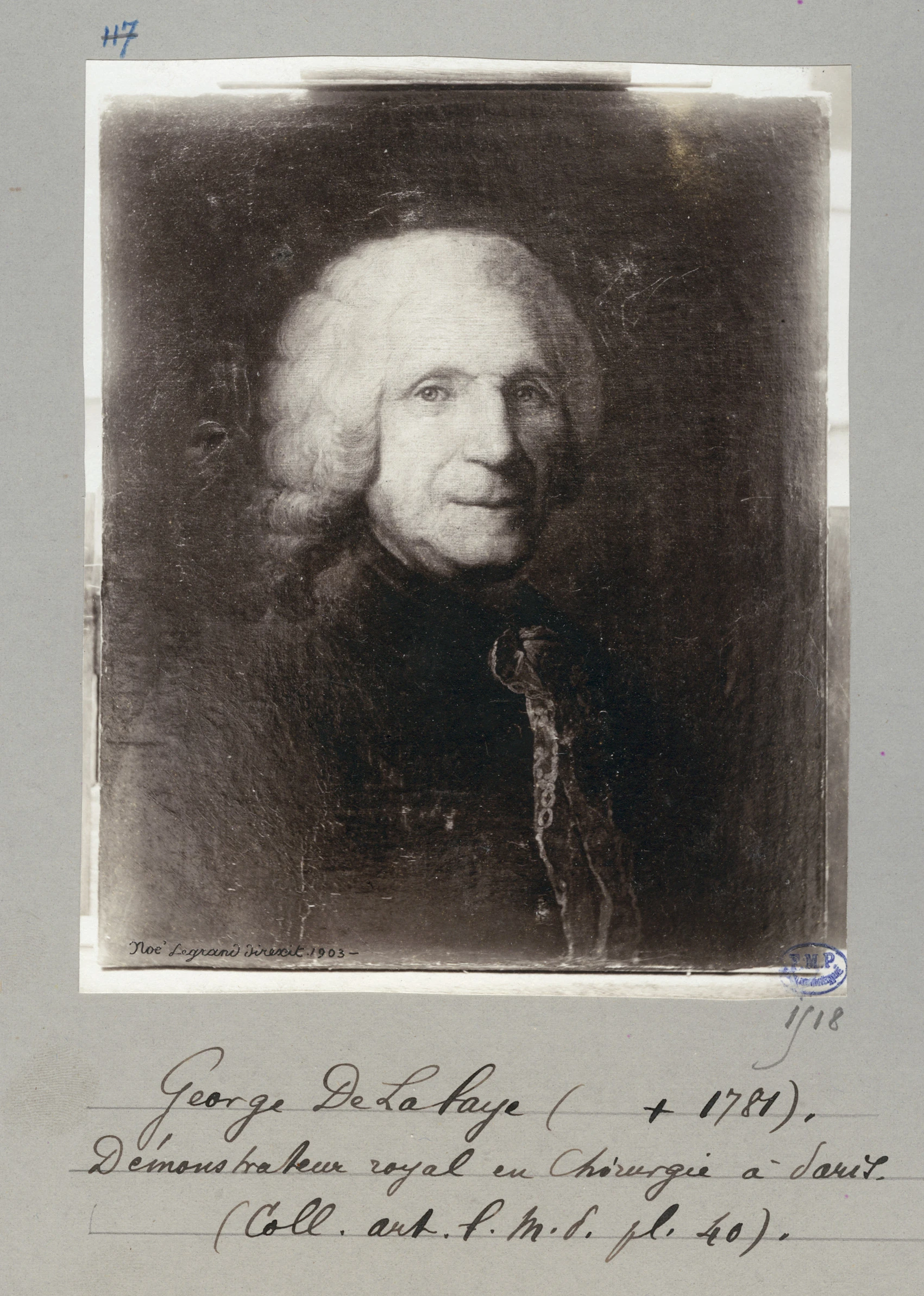da Vinci, Leonardo
Leonardo da Vinci, (born 15 April 1452, Anchiano, Italy; died 2 May 1519, Château du Clos Lucé, Amboise, France) the renowned Italian polymath of the Renaissance era, played a significant yet unconventional role in the field of anatomy. His interest in human anatomy was not only driven by his artistic pursuits but also by his profound curiosity about the workings of the human body. Leonardo's approach to anatomy was groundbreaking for his time. He conducted detailed dissections of human corpses, which was a daring and often controversial practice during the Renaissance period due to religious and cultural constraints.
Through these dissections, Leonardo created an extensive series of anatomical drawings that were remarkable for their accuracy and detail. His sketches and notes covered a wide range of topics, including the musculature, skeletal structure, and the internal organs. Notably, his studies on the human heart, muscles, and the vascular system were pioneering. He was among the first to correctly illustrate the human spine and to propose the idea that atherosclerosis could be a cause of heart disease.
Leonardo's work in anatomy was not just a pursuit of scientific knowledge but also deeply integrated with his artistic endeavors. He believed that understanding the structure and function of the human body was essential to depicting it accurately and expressively in art. His anatomical drawings, however, were not widely known during his lifetime, as they were published more than a century after his death. Today, they are recognized not only as extraordinary works of art but also as significant contributions to the field of anatomy. Leonardo da Vinci's dedication to understanding human anatomy exemplifies his insatiable curiosity and his remarkable ability to intersect science and art.



